Suitable for hiking
Suitable for cross-country skiing
Suitable for skis
Suitable for snowboard
Suitable for bicycle
Suitable for wheelchair
On the northeastern outskirts of Volary, next to the town cemetery, there is a Jewish cemetery. Its history is not very long, it was established at the end of World War II and 95 women of Jewish origin who did not live to see the end of the war are buried there. The women died or were murdered during the death march that led from Poland via the camp in the Bavarian town of Helmbrechts back to Bohemia.
The march reached Volary on May 4, 1945, and of the original 1,170 women prisoners who had been forced to make the journey on foot just two days before the arrival of the American army in Helmbrechts, only a hundred women continued on their way. Only 52 women survived. The Volary Jewish cemetery was established when American soldiers found the bodies of 95 women in several mass graves in and around Volary on May 11, 1945. Of these, 22 died of malnutrition, the rest were shot by Nazi guards. The American army forced the captured Germans to exhume the bodies. Subsequently, a proper funeral was arranged for them, which local German civilians had to attend in order to understand what was happening around them.
Inside there are granite tombstones with the names of the victims carved on them in regular rows. Between the rows there are paths and the austerity of the cemetery is enlivened by well-kept greenery. In 1956, a memorial to the victims of Nazism - participants of the Death March - was unveiled here, but it was removed after about twenty years. The cemetery is surrounded by a stone wall, which was built in 1962, when the cemetery was also terraced. In 1963 the cemetery was declared a cultural monument.
Since 1974, the sculpture Torso of a Woman by academic sculptor Vojtěch Pařík has stood on an elevated spot in front of the Jewish cemetery. The current appearance of the uniform tombstones dates from 1989-1990, when the cemetery was redesigned according to the architect Vojtěch Štorm. Since 1995, the cemetery also has a new memorial plaque, which for the first time mentions that the victims of the death march were of Jewish origin. Originally, only their nationalities were mentioned, but not that they were Jewish. Some of those buried are unknown and on the wall behind the gate is a plaque with the name Grigory Onopschenko in Cyrillic. He was a Russian man who was shot near Volary in 1944 and was originally buried in the woods.
From the Sněžná guesthouse, turn right along Soumarská and 5. května streets and then turn onto the Golden Trail, which will lead you to the cemetery.







